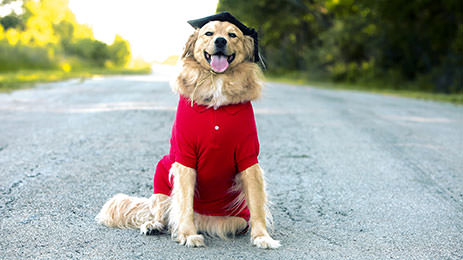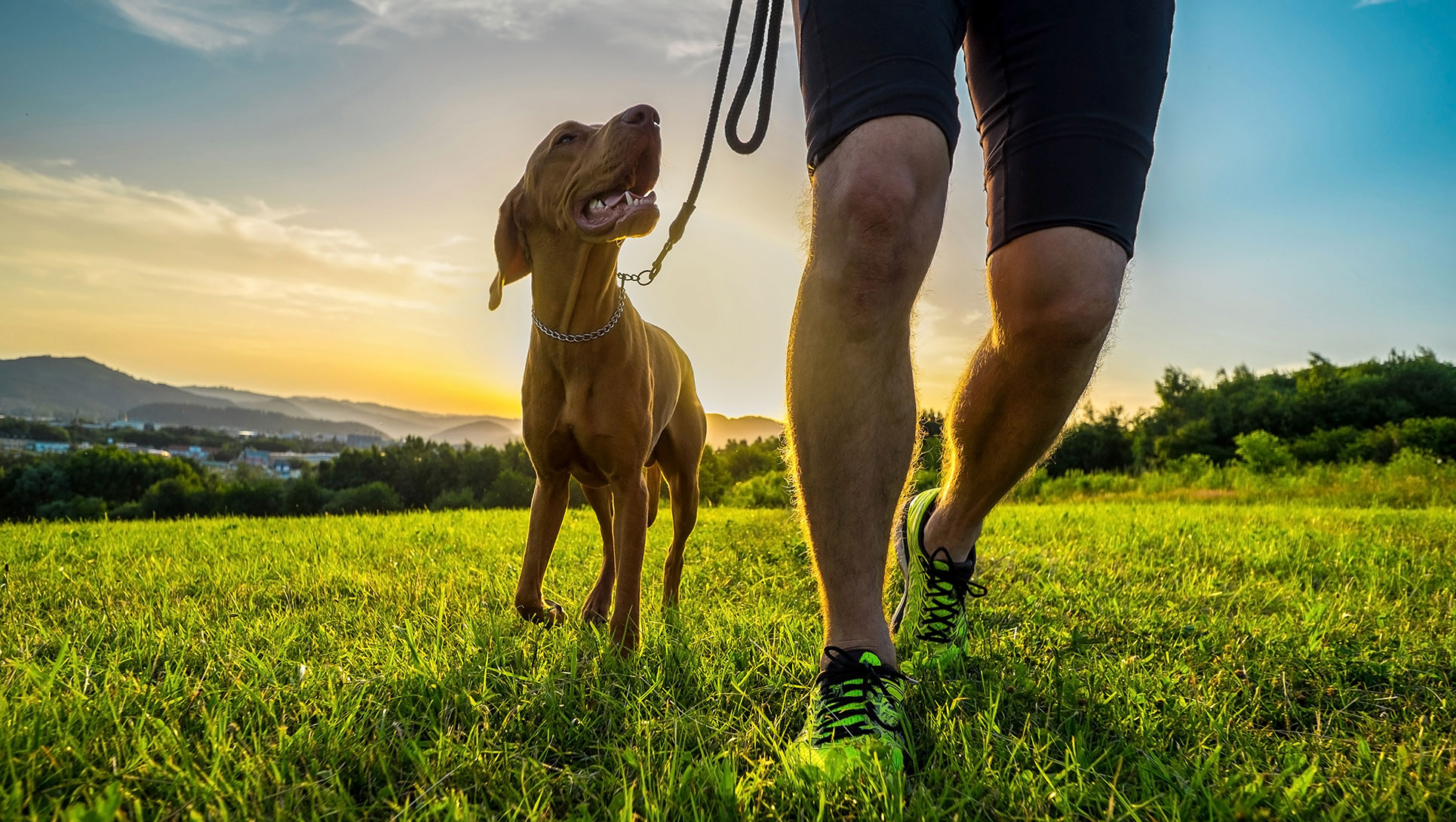Common Mistakes to Avoid During Dog Training for Better Results
Common Mistakes to Avoid During Dog Training for Better Results
Blog Article
Unlock Your Pet dog's Prospective With Expert Training Insights
Professional training insights reveal that recognizing communication hints and utilizing constant, positive reinforcement can substantially change your pet dog's action to numerous situations. As we explore effective socialization strategies and progressed training approaches, one might question exactly how these methods can transform not just your pet's actions, however likewise your overall relationship.
Recognizing Your Pet's Habits

Additionally, comprehending usual behavioral problems such as aggressiveness, anxiousness, or extreme barking can assist proprietors address problems proactively. Rather than penalizing unwanted behaviors, it is much more efficient to recognize the underlying reasons and job towards customizing those triggers. For instance, a pet dog that barks exceedingly might be looking for attention or reacting to environmental stimuli.
Moreover, each canine is distinct, influenced by elements such as breed, age, and past experiences. As a result, observing and recognizing your pet's specific behavior is key to developing a training approach that aligns with their personality. By promoting this understanding, owners can create a more unified living setting, boost their pet dog's discovering experience, and ultimately enhance their bond.
The Value of Consistency
Keeping uniformity in training is crucial for achieving wanted end results and strengthening positive behaviors in pets. When training sessions comply with a predictable framework, pet dogs are most likely to recognize what is anticipated of them. This clearness fosters a complacency and assists to establish a solid bond between the fitness instructor and the dog.
Irregular hints or commands can confuse pet dogs, resulting in irritation for both the animal and the handler. If a command is often rewarded and various other times disregarded, the pet may come to be unsure about just how to react. This inconsistency not only interferes with the discovering procedure but can additionally inadvertently urge undesirable habits.
Furthermore, consistency expands past verbal commands to consist of body language and tone. Canines are very attuned to human habits, and disparities can undermine their depend on. For reliable training, all relative and handlers must be lined up in their technique, using the exact same commands and support techniques.
Inevitably, consistency in training promotes a structured understanding environment, allowing pet dogs to grow and react positively to commands. This foundational principle is vital for creating mannerly, confident, and obedient companions.
Methods for Efficient Training
Efficient training strategies build on the structure of consistency developed in previous sessions. Utilizing favorable support is among one of the most efficient approaches for motivating preferred habits. This includes satisfying your pet with deals with, appreciation, or play quickly after they perform the wanted activity, hence developing a solid organization in between the behavior and its favorable end result.
Timing is critical; incentives need to be offered immediately to strengthen the connection. Additionally, utilizing clear and constant commands will help your pet recognize what is expected of them. Choose simple, distinctive signs and prevent using several phrases for the same activity.
Integrating short, engaging training sessions can additionally improve retention and avoid boredom. Aim for sessions lasting 5 to 10 mins, progressively increasing the duration as your pet becomes extra skilled. Differing the training environment can aid generalize found out habits, guaranteeing your dog can execute commands in different contexts.
Last but not least, persistence is essential. Every pet dog finds out at their own pace, and support fosters a positive discovering experience. By using these techniques continually, you can unlock your pet dog's full capacity and reinforce the bond between you and your canine buddy.
Socializing and Its Benefits
Socializing is a critical aspect of a pet dog's development, substantially affecting their behavior and character. It incorporates the process of subjecting a pet to a selection of individuals, settings, sounds, and other animals. This direct exposure aids canines discover to browse the intricacies of their surroundings, promoting confidence and flexibility.
Correct socialization decreases the chance of fear-based behaviors and aggression, which can develop from strange scenarios. A well-socialized canine is a lot more likely to display favorable communications with both human beings and other pets, leading to a much more pleasurable experience for everyone involved (Dog training). In addition, socializing plays an essential function in boosting a pet dog's total quality of life, allowing them to take part in tasks and outings without excessive stress and anxiety.
The crucial duration for socialization happens in find between 3 and twelve weeks old, although ongoing socializing is valuable throughout a pet's life. Participating in monitored playdates, puppy courses, and steady direct exposure to new experiences can promote this procedure. By prioritizing socialization, pet proprietors can cultivate an all-round buddy, geared up to handle numerous scenarios with grace and composure, ultimately bring about an unified connection in between the pet dog and its environment.
Advanced Training Methods
A well-socialized pet dog is better prepared to participate in sophisticated training methods, which can further fine-tune their skills and boost their overall actions. Advanced training methods, such as remote control scent, dexterity, and training work, call for a solid structure of basic obedience and social skills. These approaches concentrate on developing a pet dog's cognitive abilities, enhancing their emphasis, and fostering a much deeper bond between the pet dog and trainer.
Remote control training uses positive support to shape preferred actions, enabling for specific communication and quicker understanding. This method is especially reliable in advanced tasks where precision is paramount. Agility training tests dogs both physically and psychologically, advertising coordination, confidence, and analytical abilities. This can be an electrifying way for pet dogs to burn power while improving their responsiveness to commands.
Scent work use a pet's all-natural reactions, enhancing their olfactory abilities while constructing their focus and perseverance. Including these advanced training methods not only stimulates a dog's mind but also adds to their emotional wellness. Inevitably, involving in innovative training can change a well-socialized pet dog right into a well-rounded friend, qualified of browsing intricate atmospheres effortlessly and confidence.
Conclusion
In verdict, opening a pet dog's potential via expert training requires a comprehensive understanding of actions, consistency in methods, and reliable socialization strategies. By prioritizing these elements, an all-around and fulfilling partnership between pet and owner can be developed, eventually leading to official source a mannerly buddy and an unified conjunction.
As we check out effective socializing strategies and progressed training methods, one might wonder exactly how these approaches can change not simply your canine's actions, yet also your total relationship.
By focusing on socializing, pet dog owners can grow a well-shaped companion, furnished to deal with various circumstances with grace and composure, eventually leading to an unified partnership in between the dog and its environment. (Dog training)
A well-socialized canine is better prepared to involve in innovative training approaches, which can better refine their skills and improve their general habits. These approaches focus on developing a canine's cognitive capabilities, enhancing their focus, and promoting a much deeper click this link bond between the canine and handler.

Report this page